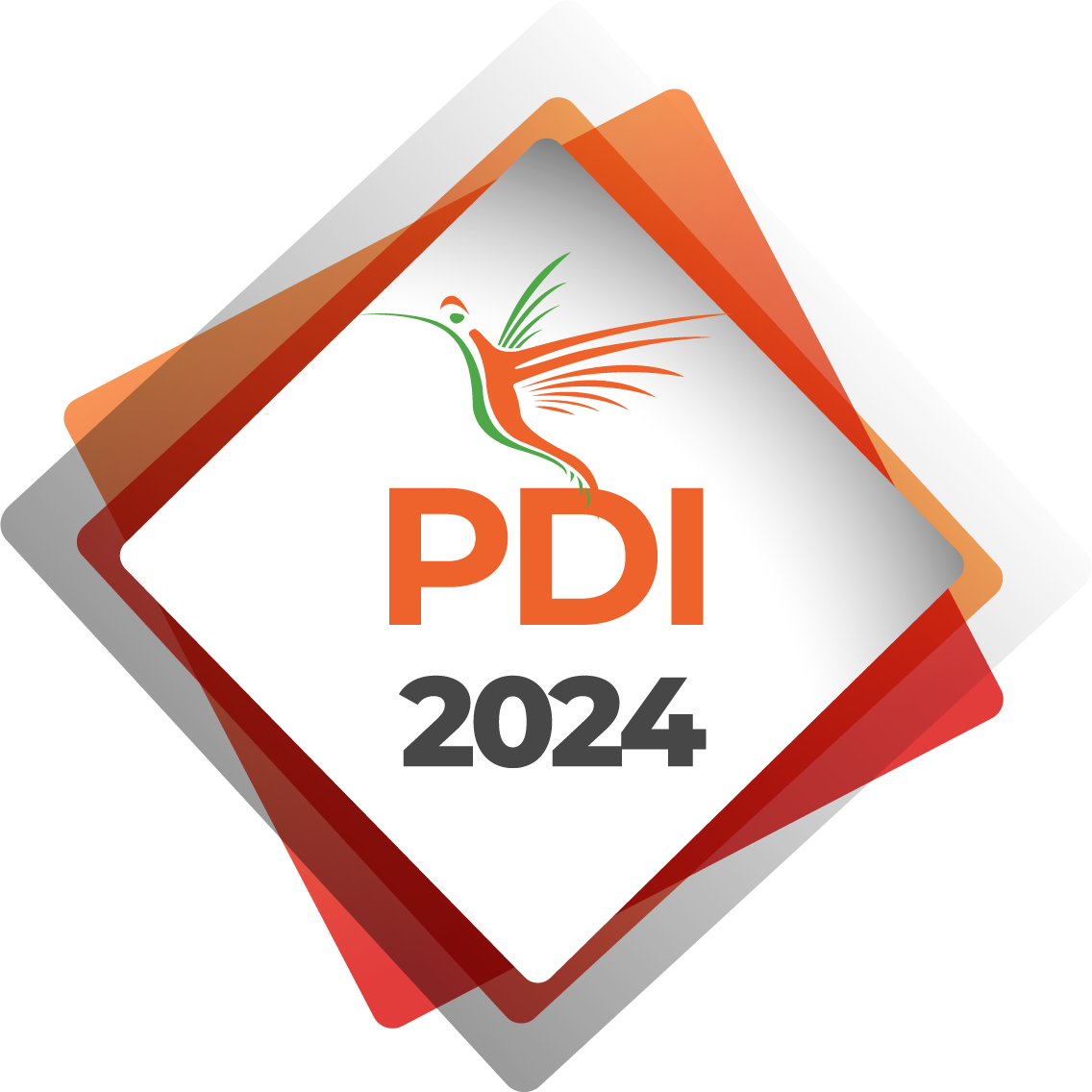Prof. Dr. Khusrow Niazi

Prof. Dr. Khusrow Niazi
Emory University Atlanta, Georgia, USA
Look for Vascular causes of lower extremity wounds
Autor: Khusrow Niazi
Ulcers on the foot or around the ankle area are frequently encountered in clinical practice and carry the ominous danger of limb amputations if prompt diagnosis and treatment is not instituted. Clinically vascular causes may be divided into arterial, venous and others. The most common cause is chronic venous insufficiency (CVI) followed by atherosclerotic arterial occlusive disease also called peripheral arterial disease (PAD). Family history increases the risk of both these conditions and genetics may play a much stronger role for CVI. Other risk factors that may increase the risk of developing CVI are standing jobs, pregnancy, obesity, history of venous thrombosis of the lower extremity, trauma and increase height. The risk of developing PAD is increased in diabetics, smokers, hypertension, dyslipidemia, chronic kidney disease and in patients with coronary artery disease. Most of the patients will give a history which will guide the diagnostic testing to confirm the underlying pathology for the ulcer. Physical examination will add to the history in directing what type of vascular testing is performed.
Simple diagnostic testing in the office may help including an ankle-brachial index (ABI) and a Doppler examination of the venous system of the lower extremity. If an abnormal ABI is identified then MRA or CTA of the lower extremities will define the arterial obstructive disease. Majority of these obstructions may be addressed endovascularly without exposing the patient to more invasive vascular procedures. Once the blood flow is improved then with local wound care, healing is expedited. Similarly, once venous insufficiency is demonstrated in the great or small saphenous vein, treating these will expedite wound healing. The treatment is office based thus avoiding any major surgeries.
Having a high suspicion of vascular etiology when seeing foot ulcers and identifying the underlying pathology will facilitate wound healing and reduce patient morbidity from this chronic debilitating disease.

Short CV
Dr. Niazi is board certified in Internal Medicine, Cardiovascular Diseases and Interventional Cardiology by the American Board of Internal Medicine. He has had extensive experience working in some of the leading institutions of the world including USA over the past 25 years. He joined Emory University in 2003. Besides his interventional cardiology skills he brought many innovations to Emory. To high light a few:
1. Built a nationally recognized peripheral vascular program
2. Initiated a peripheral research program in cardiology
3. Established a noninvasive vascular laboratory
4. Started the first cardiology-run clinic for chronic venous insufficiency in Georgia. He is one of the few cardiologists who treat venous disease along with arterial disease
5. Educated and trained physicians especially cardiologists in how to look for vascular disease outside the heart including carotid artery disease peripheral arterial disease and lower extremity venous disease
6. Active industry consultant and researcher, participated in more than 20 clinical research studies and has authored more than 15 clinical articles in peer-reviewed medical journals
7. Leader in helping patients especially with non-healing wounds to avoid them from having amputations
Besides training physicians in the non-invasive Doppler techniques for the diagnosis of vascular diseases and complex interventional procedures, he actively participates in helping companies develop new devices for endovascular procedures.
Dr. Niazi is a prolific teacher and besides teaching medical students, residents and cardiology fellows, he has been invited to give lectures, grand rounds locally, nationally and internationally. He has travelled to many countries and has encouraged physicians to not only think of coronary artery disease but also evaluate and treat patients for vascular disease. He has done live demonstration cases demonstrating various endovascular techniques in different countries.
He is also a member of the peripheral vascular disease council of the prestigious American College of Cardiology (ACC) and has helped the college in growing the awareness of PVD. He is also member of the ACC Competency Management Committee. He continues to share his experience with other physicians in advancing the field of cardiovascular diseases.
Contactează operatorul PDI 2024
Operatorul PDI 2024
![]()
Adresa: Str. A. Panu nr. 13, Iasi
Tel.: 0332.40.88.00-05
E-mail: contact@pdi.ro
Website: www.eventer.ro
Parteneri Media








